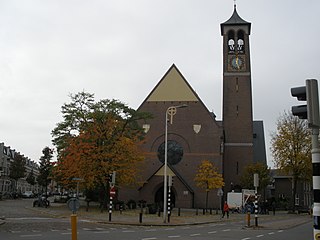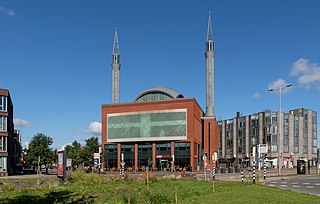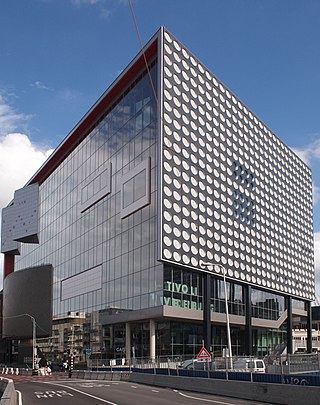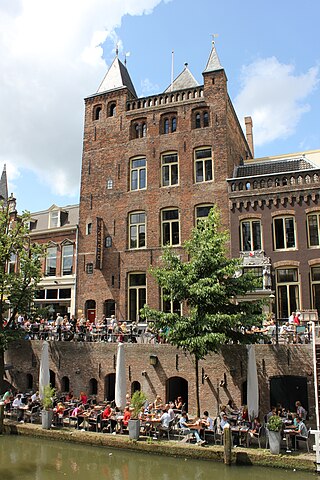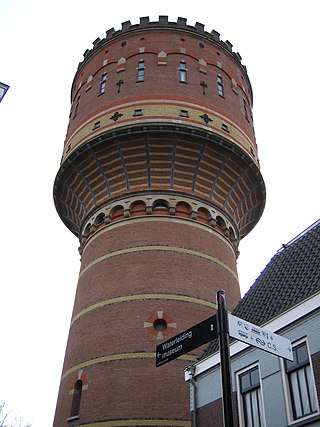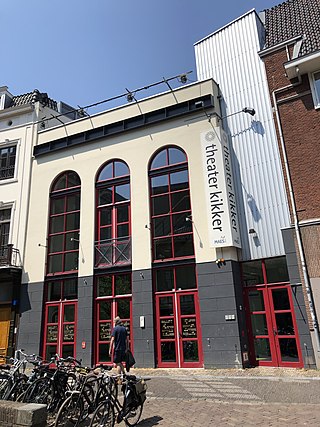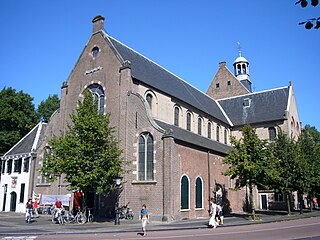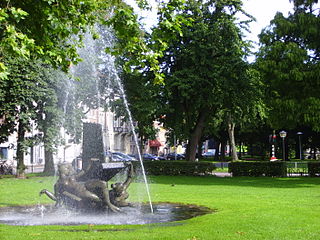Self-guided Sightseeing Tour #3 in Utrecht, Netherlands
Legend
Guided Free Walking Tours
Book free guided walking tours in Utrecht.
Guided Sightseeing Tours
Book guided sightseeing tours and activities in Utrecht.
Tour Facts
3.8 km
34 m
Experience Utrecht in Netherlands in a whole new way with our free self-guided sightseeing tour. This site not only offers you practical information and insider tips, but also a rich variety of activities and sights you shouldn't miss. Whether you love art and culture, want to explore historical sites or simply want to experience the vibrant atmosphere of a lively city - you'll find everything you need for your personal adventure here.
Activities in UtrechtIndividual Sights in UtrechtSight 1: Sint-Antoniuskerk
St. Anthony's Church is a former Roman Catholic parish church in the Dutch city of Utrecht, in the middle of the Lombok district
Sight 2: Houtzaagmolen De Ster
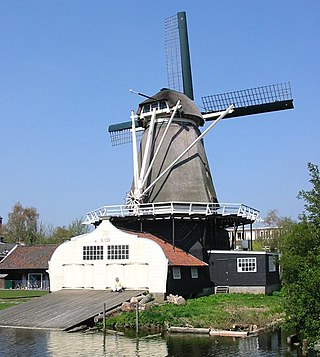
Sawmill de Ster is the center of the Molenerf de Ster, one of the few almost completely preserved sawmill yards in the Netherlands.Molenerf de Ster consists of the octagonal scaffolding (wind) mill with sawmill, the miller's house, two servants' houses and three wood-drying sheds. The top of the mill reaches up to 20 meters. The blades are another 9 meters above that. The Star can be seen from far around.
Sight 3: Ulu Moskee
The Ulu Mosque is a mosque in the Lombok district of Utrecht, the first square in the Netherlands to be named after an Islamic place of worship.
Sight 4: TivoliVredenburg
The TivoliVredenburg is a contemporary music complex located in Utrecht, Netherlands. The venue consists of five halls designed acoustically for a specific music genre. Along with its hall, the venue also features an "amateur stage" and a cafe.
Sight 5: Kasteel Oudaen
Oudaen is a fortified medieval house on the Oudegracht in the Dutch city of Utrecht. The building, with house number 99, is one of the most important monuments in the city.
Sight 6: Sint-Augustinuskerk
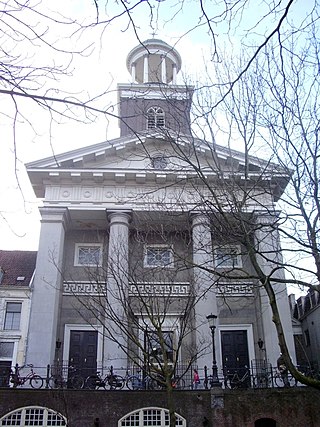
St. Augustine's Church is a Roman Catholic church in the Dutch city of Utrecht, on the northern part of the Oudegracht, dedicated to Augustine of Hippo.
Sight 7: watertoren Utrecht Lauwerhof
The water tower at the Lauwerhof in the city center of Utrecht is a water tower that dates from the end of the 19th century. It is a national monument. For more than 25 years, the Waterleidingmuseum was housed in this water tower.
Sight 8: Theater Kikker
Theater Kikker is a theater on the Ganzenmarkt in the city center of Utrecht. The theatre has two halls in which a mixture of contemporary theatre and modern dance is performed. Kikker works a lot with volunteers.
Sight 9: Janskerk
Get Ticket*The Janskerk is located on the Janskerkhof in the Dutch city of Utrecht. It was founded shortly after 1040 by Bishop Bernold and dedicated to John the Baptist. In the Middle Ages, it was one of the five collegiate churches of the city. Twenty canons were attached to the chapter of St. John. Connected to this was the provost.
Sight 10: Anne Frank
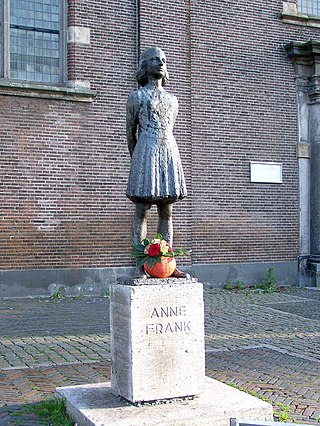
The statue of Anne Frank on the Janskerkhof in Utrecht is a statue of the German-Jewish girl Anne Frank who died at the age of fifteen during the Holocaust. Through her diary, Anne Frank has become the symbol of the victims of the Holocaust worldwide.
Sight 11: Feest der muzen
Feast of the Muses is a fountain in the Dutch city of Utrecht. It was made by the artist Joop Hekman and was unveiled on 2 October 1959 by the then mayor of Utrecht, De Ranitz, in the park in front of the Stadsschouwburg on the Lucasbolwerk.
Sight 12: Muze
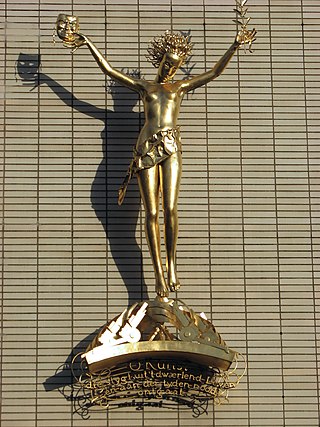
Muse is a statue of the goldsmith Leo Brom and the architect Willem Dudok that is attached to the façade of the Stadsschouwburg Utrecht.
Share
How likely are you to recommend us?
Disclaimer Please be aware of your surroundings and do not enter private property. We are not liable for any damages that occur during the tours.
GPX-Download For navigation apps and GPS devices you can download the tour as a GPX file.
